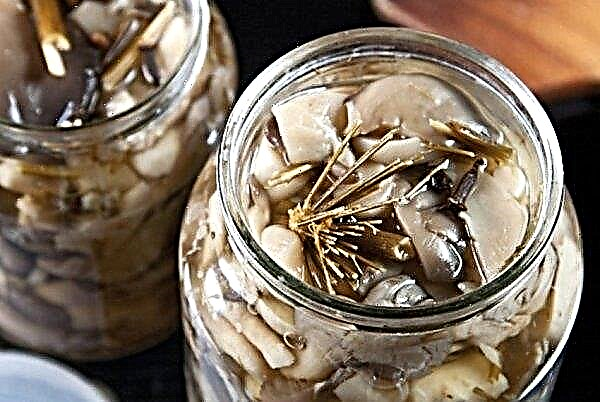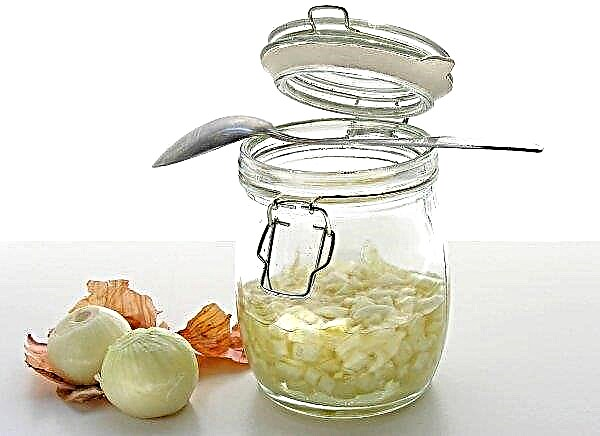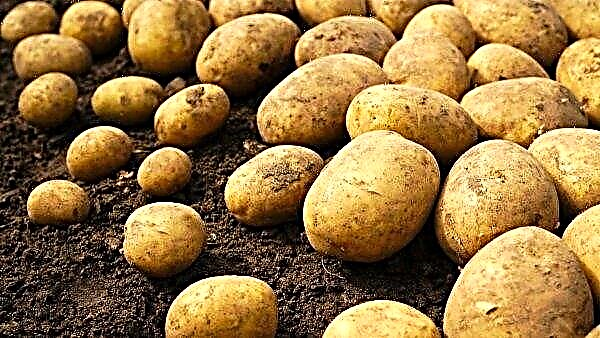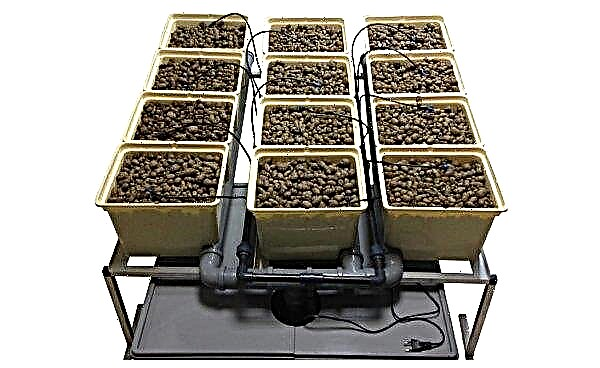Those who believe that the maintenance of orchids at home is not an easy task, absolutely right. Just get used to the painstaking care of these plants can be easily and quickly, and over time to maintain the beauty and ability to bloom in these crops will be much easier.
And if you increasingly find yourself thinking when looking at other people's windows or at shop windows of flower shops that an orchid would be quite appropriate on your windowsill, do not waste time - get acquainted with the top five orchids for home breeding, choose the best option for yourself and go go shopping!
"Fluttering Butterfly"
Very often this is called the Phalaenopsis orchid - perhaps. The most common in home use. Her ability to bloom with proper care practically does not dry out. Flowers can stay on branches for up to six months.
 Phalaenopsis orchid
Phalaenopsis orchid
Translated into Russian phalaenopsis means "moth-like." These flowers arrived in our region from Southeast Asia and demonstrated their ability to easily adapt to the conditions of apartments in mid-latitudes.
Very often, phalaenopsis is presented as a presentation for a birthday or March 8th. Fortunately, the price of the flower is very affordable. And if you became the owner of this plant, do not forget to transplant it after purchase into a transparent pot with thin walls with a diameter of about 12 cm. Remember that the soil for phalaenopsis is ideal if this is a shredded tree bark coal, perlite and sphagnum.
Younger brother
Phalaenopsis has a so-called younger brother - phalaenopsis "mini". This plant can bloom as long as its taller relative. Typically, the flowering period starts in the spring.
 Orchid phalaenopsis mini
Orchid phalaenopsis mini
To activate the "blooming" power of the phalaenopsis "mini", shake it - put it in a cool room and reduce watering. They say it works great - from such "stress" the flower is covered with buds.
Most often, small phalaenopsis are paired, combining the colors of the buds.
An ideal place to maintain such a culture is a bright place on the east or west window, without aggressive sunlight.
Beauty "Wanda"
This plant is often called the royal orchid. And I must say, very deservedly!
Most often, the homeland of this culture is Thailand, which exports luxurious flowers around the world.
 Orchid Wanda
Orchid Wanda
In the natural environment, Wanda grows on rocks or tall trees. Braiding them with their creepers. But even in the apartment, the plant feels comfortable, especially if you provide him with decent care.
Please note that this orchid has aerial roots, so the soil is not required for such a plant.
Often, “Vanda” is chosen as a gift to very dear people or to those with high status - a leader, director, etc.
When choosing a “Vanda”, pay attention to the roots and leaves (should be plain, green, without any stripes, streaks and splashes)
Hypoallergenic orchid
In this case, we are talking about cymbidium. They say this plant is able to relieve depression.
 Cymbidium orchid
Cymbidium orchid
Cymbidium differs from its relatives in huge green leaves and original flowers.
You need to water this flower often. And be prepared for the vagaries of the plant - so that the cymbidium blooms, it is kept in a temperature difference. Winter coolness is an ideal environment for a flower, therefore it can be kept on a glazed balcony.
"Venus slipper"
The unusual name (paphiopedilum) is due to the Cypriot city of Paphos, where, according to legend, the goddess of beauty and love Aphrodite came out of foam, in Roman mythology she is known as Venus (Paphia).
The second part of the name is derived from the word pedilon - “shoe”. In nature, Paphiopedilum is found in the subtropics, tropics and mountainous regions.
 Paphiopedilum Orchid
Paphiopedilum Orchid
Most representatives of this genus do not require strong lighting and grow in partial shade. Paphiopedilum is often chosen as a gift due to its original shape.
At home, this type of orchid feels good: in summer, he loves coolness, so it is better to keep the flower away from the bright sun. In autumn and winter, the temperature in the room where there is a “venus shoe” should not be higher than 25 degrees Celsius.












